Television Video tuner Card
Television Video card or Tv tuner care are used to watch TV program on PC. We can also watch & record TV Program.A TV tuner card may be a quite tv tuner that permits tv signals to be received by a pc. Most TV tuners conjointly operate as video capture cards, permitting them to record tv programs onto a tough disk very like the digital video recorder (DVR) will.
Type of tv tuner card
1. Internal Tv Tuner Card
2 External TV tuners plug into a computer’s USB port. they’re transportable, removable, and compatible with nearly any pc with a USB affiliation.A TV tuner card may be a quite tv tuner that permits tv signals to be received by a pc. Most TV tuners conjointly operate as video capture cards, permitting them to record tv programs onto a tough disk very like the digital video recorder (DVR) will
Back Side of TV Tuner Card after insert slot inside =>
External TV Tuner Card
To refer any movie (video) by using different source line.
ü Cable
ü VCR
ü Camera
Etc
Finally, recorded movie can be modified and copy to CD (making CD)
LAN Card
LAN cards each for wired and wireless networking. A computer card goes to a PC pc. the cardboard shows Associate in Nursing local area network port, that is that the spot wherever you enter a network cable. The square measure network|LAN|computer network} card you decide on typically determines the protocols that are used on the network.
[Ethernet Card] [Network Interface Card NIC]
How to Modem work or LAN Card connects to Modem
NEXT POST An advance view of M.B
![]()

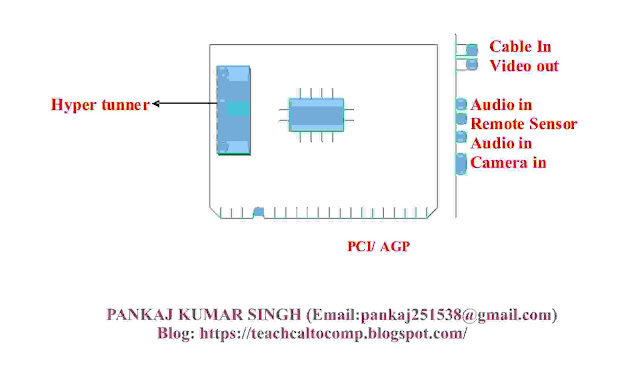
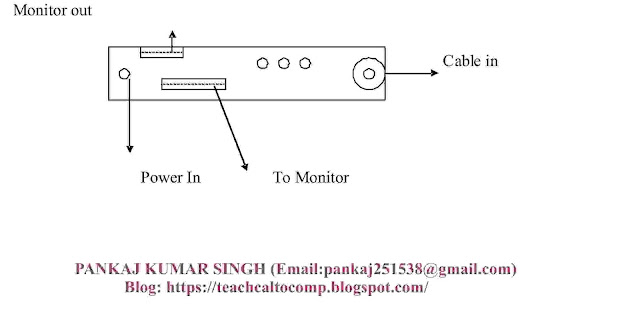
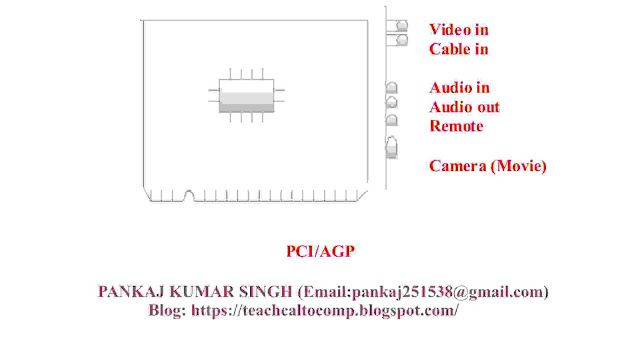
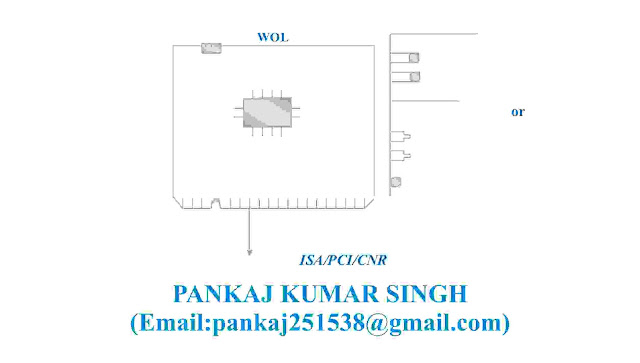
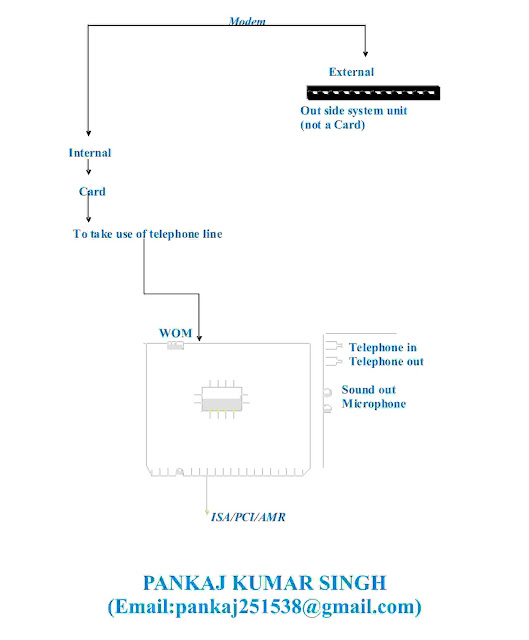
Post-Cycle Therapy (PCT) Overview
Post-cycle therapy is a recovery strategy used in cycling training plans to optimize performance and prevent overtraining injuries.
After periods of high-intensity training, PCT reduces workout volume and intensity to allow the
body to adapt and rebuild. This approach enhances
endurance performance and promotes long-term athletic development.
By incorporating PCT phases, athletes can maintain peak performance while minimizing injury risk.
Post Cycle Therapy (PCT) 101: The Bodybuilder’s Guide
Post-Cycle Therapy (PCT) is a critical phase for bodybuilders who
have finished a steroid cycle. It helps restore your natural hormone production and ensures your body returns
to its pre-cycle state. Without PCT, you risk long-term hormonal imbalances and potential health issues.
This article will guide you through the essentials of PCT, including common medications,
protocols, and best practices for a successful recovery.
The Importance of PCT
PCT is essential for bodybuilders who have used anabolic steroids
or SARMs (Selective Androgen Receptor Modulators).
It prevents side effects like gynecomastia (male breast tissue), water retention, and hormonal imbalances.
By supporting your endocrine system, PCT ensures your body恢复 to its
natural hormone production and maintains optimal health.
SERMs for PCT
SERMs (Selective Estrogen Receptor Modulators) are
the cornerstone of PCT regimens. They work by blocking estrogen receptors, preventing
estrogen dominance and promoting the recovery of your hypothalamic-pituitary-adenyl axis (HPA).
Below are some common SERMs used in PCT:
Clomid (Clomiphene Citrate)
Clomid is one of the most widely used medications for PCT.
It stimulates the release of LH and FSH, promoting testicular
recovery and natural testosterone production.
Nolvadex (Tamoxifen Citrate)
Nolvadex is another popular SERM used in PCT. It works by
blocking estrogen receptors, helping to reduce gynecomastia and water retention.
Raloxifene (Evista)
Raloxifene is sometimes included in PCT protocols for its anti-estrogenic
effects and ability to support bone health and cholesterol levels.
Toremifene (Fareston Citrate)
Toremifene is similar to Clomid but with a shorter half-life.
It’s often used in shorter PCT cycles or as part of a combination protocol.
Enclomiphene (Androxal)
Enclomiphene is an enantiomer of Clomiphene and works similarly by stimulating LH and FSH release, making it a good option for testicular recovery.
Aromatase Inhibitors for PCT
Aromatase inhibitors (ARIs) like Anastrozole, Exemestane,
and Letrozole are sometimes used in combination with SERMs.
They block the conversion of androgens to estrogens,
further reducing estrogen levels.
Arimidex (Anastrozole)
Arimidex is a powerful ARI that’s often used in PCT for its strong anti-estrogenic effects.
Aromasin (Exemestane)
Aromasin is another ARI that works by preventing the conversion of androgens to estrogens, helping
to maintain hormonal balance.
Letrozole (Femara)
Letrozole is a third-generation ARI with strong efficacy in reducing estrogen levels during PCT.
Arimistane (ATD)
Arimistane is sometimes used in combination with other medications for its dual action as both an ARI and a SERM.
HCG for PCT
Human Chorionic Gonadotropin (HCG) is often included in advanced PCT protocols.
It stimulates the release of LH and FSH, which can aid in testicular recovery and
fat loss.
Dopamine Agonists for PCT
Dopamine agonists like Cabergoline and Pramipexole are sometimes used to
help regulate hormones during PCT. They work by influencing the release of dopamine, which can aid in hormonal recovery.
Cabergoline (Caber)
Cabergoline is a dopamine agonist that’s sometimes used in combination with other medications for its unique effects on hormone regulation.
Pramipexole (Prami)
Pramipexole is another dopamine agonist that’s been shown to assist in hormonal recovery and fat loss during PCT.
Vitamin B6 (P-5-P)
Vitamin B6 plays a crucial role in managing estrogen levels during PCT.
It helps prevent the conversion of testosterone to estradiol, reducing the risk of side effects.
Alpha-Reductase Inhibitors for PCT
Alpha-reductase inhibitors like Finasteride and Dutasteride are
sometimes used in PCT to manage androgenic side effects.
They work by inhibiting the conversion of DHT to dihydrotestosterone (DHT),
reducing the risk of hair loss and other androgenic effects.
Finasteride (Propecia)
Finasteride is a well-known alpha-reductase inhibitor that’s often used in PCT for its ability to reduce DHT levels.
Dutasteride (Avodart)
Dutasteride is another alpha-reductase inhibitor with strong efficacy in reducing DHT levels, making it
a popular choice for managing androgenic side effects.
On-Cycle Therapy
While PCT occurs after a steroid cycle, On-Cycle Therapy (OCT) can be used during the cycle to prevent negative side effects.
OCT involves using medications like SERMs or ARIs during the active phase of the cycle, which can help maintain hormonal balance and
improve performance.
Anti-Estrogenic Ancillaries
These medications are used in conjunction with
PCT to block estrogen receptors and prevent side effects.
Common examples include anti-estrogens like Anastrozole and
Exemestane.
Gynecomastia
Gynecomastia is a common side effect of steroid use that can be managed with medications like
Nolvadex or Arimidex.
Water Retention
Excessive water retention can cause bloating and discomfort.
SERMs like Spironolactone are sometimes used to manage this issue during PCT.
Acne (Estrogenic)
Estrogenic acne is a common side effect that can be treated with medications like Retinol or Salicylic acid, often in conjunction with anti-estrogens.
Sexual Dysfunction
Hormonal imbalances during PCT can lead to sexual dysfunction. Testosterone supplements
or other medications may be necessary in some cases.
Anti-Androgenic Ancillaries
These medications work against androgens, helping to reduce androgenic side effects like hair loss and acne.
Finasteride and Dutasteride are common examples.
Hair Loss
Hair loss is a common concern for bodybuilders during PCT.
Alpha-reductase inhibitors like Finasteride can help
manage this issue.
Acne (Androgenic)
Androgenic acne can occur when anabolic steroids or SARMs are used in excess.
Proper skin care and medications like Retinol can help manage this side effect.
Prostate Growth (Benign Prostatic Hyperplasia)
Excessive testosterone levels can lead to enlarged prostates, which can be managed with alpha-reductase
inhibitors during PCT.
Anti-Progestogenic Ancillaries
These medications prevent the effects of progesterone,
helping to manage side effects like gynecomastia and lactation. Nolvadex is often used for this purpose.
Gynecomastia and Lactation
Gynecomastia is a common side effect that can be managed with SERMs or
anti-progestogenic medications. Lactation,
while rare in males, can occur due to hormonal
imbalances and should be monitored.
Erectile Dysfunction
Hormonal changes during PCT can lead to erectile dysfunction. Testosterone supplements or other treatments may be necessary to address this issue.
Transitioning to PCT
The timing of PCT is crucial for optimal results. Most bodybuilders start PCT 2-4 weeks after their steroid
cycle ends, allowing enough time for natural hormone
production to resume.
PCT Protocols for Steroid Users
PCT protocols vary depending on the steroids used and the
duration of the cycle. Basic protocols often include Clomid and Nolvadex
at specific dosages, while advanced protocols may include HCG and other medications.
Clomid and Nolvadex for PCT
These two medications are the backbone of most PCT
regimens. Clomid is often used first to stimulate LH and FSH release, followed by Nolvadex
to manage estrogen levels and reduce side effects.
PCT Length
The length of a PCT typically ranges from 4-6 weeks for
mild cycles to 8-12 weeks for more intense steroid
regimens. Longer cycles may be necessary in some
cases, depending on the user’s history and goals.
PCT Dosage
Dosages vary widely depending on the medication used and the individual’s needs.
It’s important to follow a well-planned protocol under medical supervision to avoid complications.
PCT Protocols for SARM Users
SARMs are synthetic hormones that can suppress your body’s natural
hormone production, so PCT is equally important after using
SARMs. The duration and intensity of the SARM cycle will determine the
length and components of your PCT.
Mildly Suppressive SARM Cycles
For mild SARM cycles, a shorter PCT protocol (4-6 weeks) may be sufficient to restore natural hormone production.
Moderately Suppressive SARM Cycles
Moderately suppressive SARM cycles may require a mid-length PCT (6-8 weeks), using medications like Clomid and Nolvadex.
Highly Suppressive SARM Cycles
For highly suppressive SARM cycles, longer PCT protocols (8-12 weeks) are
often necessary to ensure full recovery of your endocrine system.
Is HCG Necessary?
HCG is optional for many users but can be beneficial in certain situations, such
as promoting fat loss or aiding in testicular recovery.
It’s often used in combination with Clomid and Nolvadex.
FAQs
What are the main benefits of PCT?
PCT restores natural hormone production, prevents side effects
like gynecomastia and water retention, and supports overall health and performance.
When should I start PCT?
You should start PCT 2-4 weeks after your steroid cycle ends to allow time for natural hormones to
begin恢复.
What happens if I don’t do PCT?
Not doing PCT can lead to long-term hormonal imbalances, increased
risk of side effects, and poor health outcomes. It’s crucial for maintaining your body’s health and performance.
How long is a PCT cycle?
PCT cycle length varies from 4-12 weeks depending on the user’s needs
and the intensity of their steroid or SARM cycle.
SARMs vs. SERMs: What’s the difference?
SERMs like Clomid and Nolvadex directly target estrogen receptors to manage side effects, while SARMs suppress hormone production. Both require PCT after use.
Clomid or Nolvadex for PCT? Or both?
Both medications are often used together in a standard PCT protocol.
Clomid is typically used first to stimulate LH and FSH, followed by Nolvadex to manage estrogen levels.
Do I need a PCT after using SARMs?
Yes, you do need PCT after using SARMs, as they suppress your body’s natural hormone production.
The duration and intensity of your SARM cycle will determine the length and components of
your PCT.
What does “Anti-E” mean?
“Anti-E” refers to anti-estrogenic medications that are used during PCT to
manage estrogen-related side effects. These medications include Nolvadex and Arimidex.
Final Thoughts on PCT
PCT is a critical part of any steroid or SARM cycle, ensuring that your body恢复
to its natural state and reducing the risk of long-term health complications.
Always follow a well-planned protocol under medical supervision to maximize
results and minimize side effects.
Who Am I?
You are someone who is committed to their fitness journey, taking the necessary
steps to achieve their goals while prioritizing their health and well-being.
Here is my homepage: steroid anabolic [sample682.webppia.com]
70918248
References:
https://gitea.tmartens.dev/dqofleta558286
Can you be more specific about the content of your article? After reading it, I still have some doubts. Hope you can help me. https://accounts.binance.com/pt-PT/register?ref=DB40ITMB
Your point of view caught my eye and was very interesting. Thanks. I have a question for you.
Your point of view caught my eye and was very interesting. Thanks. I have a question for you.
I don’t think the title of your article matches the content lol. Just kidding, mainly because I had some doubts after reading the article.
Thank you for your sharing. I am worried that I lack creative ideas. It is your article that makes me full of hope. Thank you. But, I have a question, can you help me?
I don’t think the title of your article matches the content lol. Just kidding, mainly because I had some doubts after reading the article. https://www.binance.info/register?ref=P9L9FQKY
Thank you for your sharing. I am worried that I lack creative ideas. It is your article that makes me full of hope. Thank you. But, I have a question, can you help me?
I don’t think the title of your article matches the content lol. Just kidding, mainly because I had some doubts after reading the article.
I don’t think the title of your article matches the content lol. Just kidding, mainly because I had some doubts after reading the article.